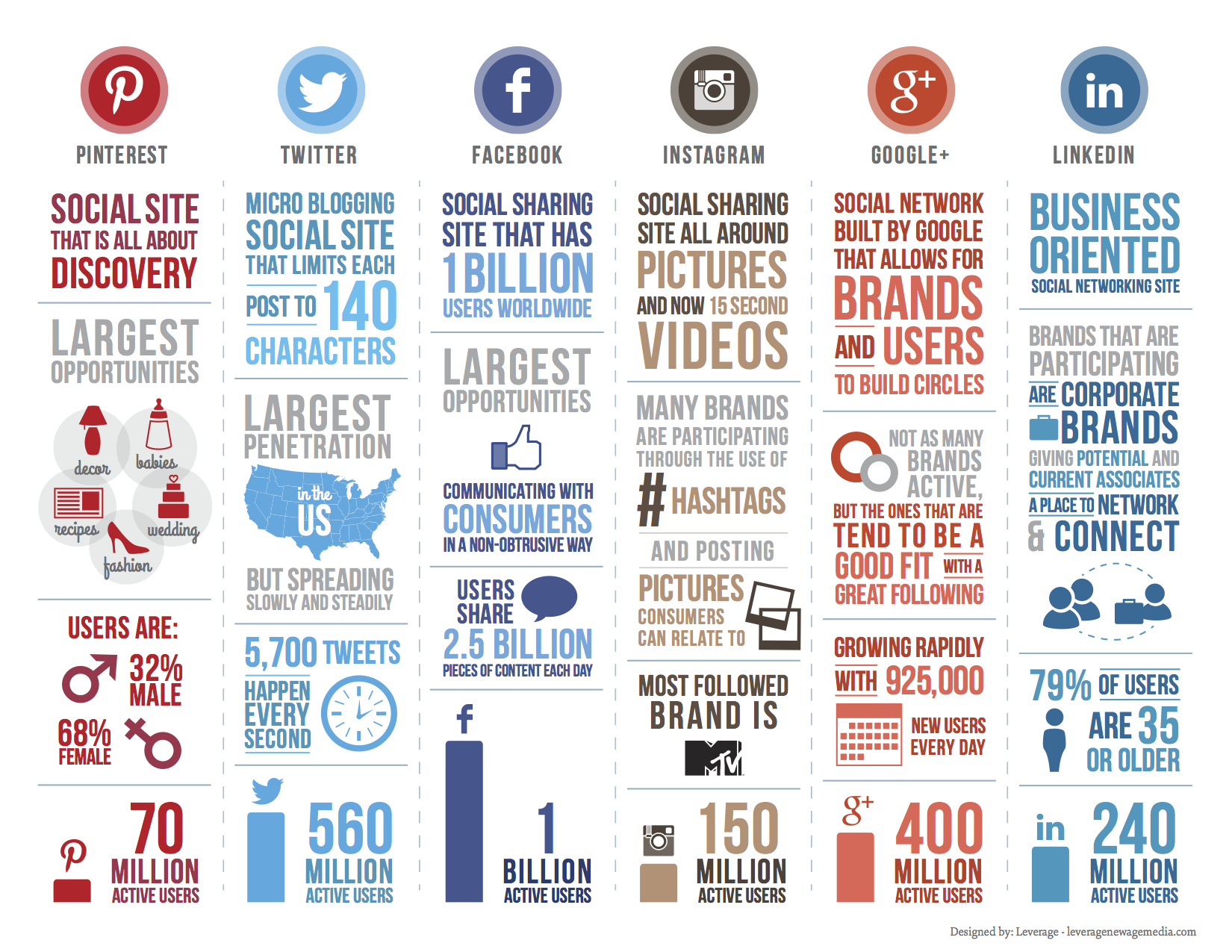Focusing on one aspect of internet marketing can sometimes be disastrous. However, when it comes to organic search traffic and SEO in New Castle PA and surrounding areas, search engines optimization should be discussed in a finer detail. Today, I want to show you how search engines work, how organic search and pages are generated and how SEO can benefit your brand.
One thing I want to mention, is that even though SEO is a subject to be discuss, taught, learned and accomplished, it is not the only aspect of internet marketing or online marketing. Nor is search engine optimization as needed as a full focus on building online presence. The key to any strategy is that it is, indeed a strategy; meaning not only one thing, but a steady journey of multiple disciplines, accomplishing smaller, targeted goals.
However, that is above and beyond this article. You are here to find out about search engines, building organic search traffic and what search engine optimization is; and how it can positively effect your traffic and revenue.
What are search engines?
Search engines, at their core, are software systems that crawl the internet in an effort to search for information and serve it to users of their sites. Google, Bing, Yandex…these are all search engines.
When a visitor is at a search engine’s page and runs a search, they are presented with pages of multiple results. These are called SERPs, or search engine results pages. Those results are ranked within the search engines based on various factors.
A history of search
Search engine history can be dated back to 1993 (and even earlier). However, the idea of non-user submitted pages and websites, with engines using crawlers (or bots) was called the World Wide Web Wanderer (check it out here). Soon after, many variations of this first technology and algorithmic web-based programs began to become public including Excite, Alta Vista and InfoSeek.
In 2000, Google debuted as a main search engine that used more organic methods of discovery and ranking of results that extended beyond link anchor text, content and newness. In their in 1998 white paper entitled The Anatomy of a Large-Scale Hypertextual Web Search Engine, Sergey Brin and Lawrence Page detailed an early model of search entitled PageRank.
Enter Google (and its dominance)
Google, because of PageRank, were one of the first search engines to rank out pages and content, and then rank them higher or lower based on citations and related and linked page and website’s PageRank. This metric has been a cornerstone of ranking authority up until December of 2013, when Google officially retired the public update of the search engine metric.

During the middle of the 2000s, many other search engines began to appear, and used the same mentality of search rankings. Search engines like Yahoo!, AOL Search and Ask.com and Live Search (early Bing!) began to emerge using the same basics of Google.
However, while these search engines tried to create integrations with directories, website integration and platform growth, Google went a different path. Google, instead, focused on the growing advertising models. This PPC and PPM advertising traffic would eventually become 90%+ of the company revenue from 2010 until current revenue reports.
How does Google (and other search engines) work?
Google, like other search engines, use various methods to ‘find’ new and existing URLs. There are four main ways search can find your website and web pages. Each have various timing and discovery methods.
The first is via direct submission. Each search engine has a facility, usually a public text form where you can submit a URL for inclusion in search. Now, this is replaced with pinging and organic discovery – more on these next.
Organic discovery is another method of finding new web pages for search engines. Organic discovery works by web crawlers and bots following links from one page to another. As more and more links are present on a website’s web pages, more are added to the bot que so that more and more URLs can be crawled.
Pinging occurs whenever a website sends a signal to a search engine via some automated or manual means. Usually, this is from a CMS whenever you post new data. If you use WordPress, and have Yoast’s SEO WordPress Plugin, you can also ping Yahoo and Bing during content creation.
One of the newest, and best methods of search engine inclusion, is via webmaster tools. Both Google Webmaster Tools and Bing Webmaster Tools allow you to add websites to your account. From there, you can add XML sitemaps and resubmit URLs to be crawled if they have already been submitted.
An inside look at search engines
Once a search engine’s bot enters a website, there are few basic statistics and information that Google can pull.
- Domain Name Age
- Webpage Age
- Webpage Title
- Meta tag description
- Server statistics
Next, a search engine bot will start to process content on the page. This happens in a few ways, specifically overall and then structural. Overall looks at the mentions of words, and how they relate to the site overall and to other content on the page. Structural data processing involves header tag content, media and its attributes, links and anchor text and content ordering and dilution.
Once this is done, a bot will look at links on the page and move on, or move on with their current que and cycle to the next URL in the list. This process is repeated over and over, millions of times during a day. This is also why some website owners and internet marketing consultants have chosen to limit search engine crawls to specific times of day and/or during the week.
Weighting search engine ranking
Now, after bots have crawled specific content and such, other bots now start to calculate the relevancy of results to provide better and quicker rankings for search terms. Search engine results, some, appear in real time, while others are updated throughout the day, or even weekly.
Ranking search engine results occurs using a ton of different factors. Some people say some ranking factors like links, content and relevance give higher weight than others including media richness, freshness and length, while others disagree on things like the effectiveness of meta tags, outbound link weight and even domain name selection.
Links, content and intent
Over the last five years, three factors have emerged that have been the most relevant to really great ranking in search engines via SEO. These are links, content and intent (meaning, user intent).
Links used to be the bread and butter of most SEOs. Quite literally, you could feed a website or a webpage thousands and thousands of spammy links every day (even every hour), and it would allow search terms and websites to rank easily in SERPs. This method is now outdated, however, links, link juice and authority links are all still ranking factors that are heavily weighed in search engines.

A few years ago, content became the biggest talking point for SEOs entering 2013 and 2014. Content gave a good sign to search engines as to what the page was about – and, by extension, the brand. This was mostly because of its nature of trueness to the voice of the brand and any sites linking into it or being linked from it.
This all leads into 2015 and what most internet marketing experts and SEO companies should be focused on more than anything – user intent. Because of metrics like dwell time, bounce rate and CTR (and user behavior, user flow and other user tracking metrics), website owners, and search engines, will more accurately know if a website is serving up the best content for their visitors.
Social signals and offsite issues
One of the most underused (and I might add misused) ranking factors for search engines, specifically Google, has been social signals. After a feud with Twitter, problems with posts on Facebook and Google using their platform in Google Plus, things have changed. Google will now start indexing Twitter posts again, and Facebook is now working towards its own version of a competing search engine.
Google and Bing are now using social signals as heavier rankings factors because of their ability to more accurately report quality via organic mention. In other words, with social media being a conversation, the question needs to be asked, ‘where is the message coming from?’. It doesn’t matter what message is being discussed by the way.
You could be talking about manure in Wilmington or fracking in Butler, citing a source of authority, give them more power. People finding those sources and sharing there happens quicker and quicker in social. Therefor, social media can be quick, direct and correct for giving search engines a clue that, yes, your site is worth a higher ranking.
Power rankings = Local SEO
All of these things above are all fine and good. However, the true power of search for regional and local business is via local SEO. Using local SEO can boost your brand onto the first page of Google quicker and easier than nearly any other method of search engine optimization.
Search engines are built for local SEO. Don’t believe me?
Think about what Google is currently and what other search engines are becoming. They are paid advertising platforms of revenue generating machines. Google, Bing and the rest, want to serve the best results for a visitors search to give the best ads, right?
Well, then, why, if I am looking for “bakeries” and I live in New Castle, would I want to see bakeries in New Jersey, or Vermont or South Dakota??? the simple answer is I don’t!
I want to see relevant search results based on what my intent is. So, if I live in Butler and want to find a criminal lawyer, I am expecting Google to not only show ‘criminal lawyers’, but instead, ‘criminal lawyers in Butler PA‘. I expect my location to mix in with the results, and those results to be relevant to me in the most impactful way.
Mixing regions with industry
This is the power of local SEO. When we start mixing what Google and Bing value (user intent via content and links), along with building regional strength, we can target a focused group, with unlimited potential. Now, your business can rank higher in search for regional needs of an industry.
One way to mix this is to display your business address, your business’s phone number, any maps of your workplace, previous work, etc., and more. We can also discuss our industry in regional terms, and build links and trust with other businesses in the area.
Plus, we you should be using local citation and review sites to build strength.
How citation and review sites help
Citation and review sites help your brand and website build local SEO strength by verifying your true location within search engines. As you do, search engines will slowly and automatically make that connection of your area with your industry.
If you grow your authority regionally and industry-wide at the same time, does it dilute your ranking power in one over the other?
Well, the short answer is no. You see, in local SEO, via citations, you will slowly gain authority in your industry. And, because you are verified in a region, your regional authority builds at the same time. By creating either website content, social media content or other offsite content that mixes your industry experience with your region, it builds even more.
And don’t even get me started on mobile
I talk a lot about the potential of mobile in a business’s internet marketing and online marketing plans. You see, Google and Bing have done a lot to help boost mobile, and to also aid in those using mobile. Everything from Google abandoning displaying Google Authorship photos in results, to webpages actually being tagged as mobile friendly or mobile unfriendly have all happened.
Think about the numbers. Currently, on Facebook, there are over 30,000 people living in Lawrence County and nearly all of them have Facebook accounts. Of those, almost 85% say they access Facebook either via mobile AND PC, or via mobile alone.

This means that there are a few things Google is doing to reach out to and make their search engine better for mobile phone users. What is the one thing mobile phones do better than other devices?
GEO-LOCATION, BABY!!!
This means Google can know where you are while running searches…or, give visitors of their search engine local results that are authorities in the industry.
2015 will be the year of local SEO for small business in New Castle PA and the surrounding area.
New search engine ranking factors in 2015
As mentioned before, Google and Bing are using some variations in their list of primary SEO ranking factors in 2015 and beyond. Links, link building and content will ALWAYS be ranking factors. Even onpage SEO factors like the title tag, meta description, heading tags, alt tags for images and instances of local signals like phone numbers and addresses (Google Maps) will all be relevant ranking factors in SEO.

However there are more. And the below will be trending higher and higher for the rest of this decade, at least.
1 – CTR (click through rate)
CTR (click-through rate) is the rate that visitors cycle through your content from page to page. If you want an equation, the CTR of most sites is visits divided by clicked links to other pages on the site. For CTR of offers, those clicks need to be offer pages from CTA (call to action buttons or links).
You can increase your CTR by providing clean links to more information. That link should be clear as to what the content is, and the targeted content on the page should be quality, and not simply an ad.
2 – Time on site (dwell time)
Time on site, or dwell time, is measured in two ways. The first is a visitor’s total time spent on a website; not just the URL or page. The other is the amount of time spent on a particular page as a single timed measure.
Dwell time can be increased using media. A single YouTube video can increase dwell time on a page from 10 – 30 seconds, up to 3 or 4 minutes.
3 – CTA (call to actions) and deep-clicking
CTA (call to action links and buttons) and deep-clicking measure the actual activities taken when a visitor adds to your CTR. A call to action button or link can be ‘sign up here’, ‘learn more now’ or even ‘click here for more information’. These types of links and buttons don’t just give a visitor more information, but directs them to get to that information.
Deep-clicking shows Google and Bing that a user finds the site, as a whole, filled with information. Think about those sites you go to over and over. Have you ever found yourself clicking from one article to the next? The user behavior and flow is deep-clicking working at its finest.
4 – User intent and content
User intent will become a defining factor of a quality website built to be an authority, as opposed to one that is built simply to exist. If I am looking for a particular ‘how to’ or ‘guide’ on fly fishing (used as “******” below), my intent is to do one of the following:
- how to ******
- ****** guide
- learn ******
- teach me ******
- how does ****** work
- ****** explanation
- new to ******
My intent, as a user of Google or Bing when running a search for the above, ends up being everything in this previous list. As such, the best way for me to build my content is to answer the needs of what the user intent is concerning my industry and brand.
5 – Advanced social signals
Ever been on Facebook and saw an interesting image and clicked it to see more? What if I told you over the next couple of years, Google will find your interest in such posts interesting as well. Your amount of aged accounts liking, sharing, commenting on, retweeting, favoriteing and +1ing, will all help factor into ranking pages and URLs in search.
 courtesy of Leverage
courtesy of LeverageThe single biggest way to grow this starting today for tomorrow is to grow your social media platform following on every platform. Once you see which will benefit your industry and your region the most, you can grow that platform out with more and more unique content, links, media and participation.
6 – Local SEO factors
Local SEO will be what defines your online success from your internet failures. Simply put, local SEO has the best ROI of any version of internet marketing available to you in 2015. It is not a single action, though, but a method of goal settings, actionables and re-evaluation – then washing, rinsing and repeating the positives.
To grow your local SEO factors, start creating more local citations. You should also be creating more social media content and website content that marries your industry, with your region, with your message (expertise, products and services, etc). Be consistent with your NAP information as well (name, address and phone).
Final considerations in dealing with search engines and SEO
Today, we looked at search engines, their history and how they work today. We also looked at SEO (search engine optimization) and how it can effect your business revenue and traffic. We also reviewed ranking factors of 2014 and what to look at in 2015 including mobile, social media and local SEO.
The interesting thing about SEO is that it shouldn’t be considered as the only answer in your internet marketing efforts. Instead, it is a tool, a method of generating traffic. Your brand should be focused on traffic, no matter the platform to get it. However, now you know what search engines are and why SEO can be so important to your brand.
And how can I help?
Dealing with local SEO and organic search traffic is not the easiest part of internet marketing. Maybe you are looking for more traffic? Or maybe you want to rank on page one for your brand’s services or products?
Then contact me anytime at email@jamesblews.com to discuss your brand’s needs. You can also grab your FREE local SEO guide, and discover more that is the potential for local SEO and your bottom line.


